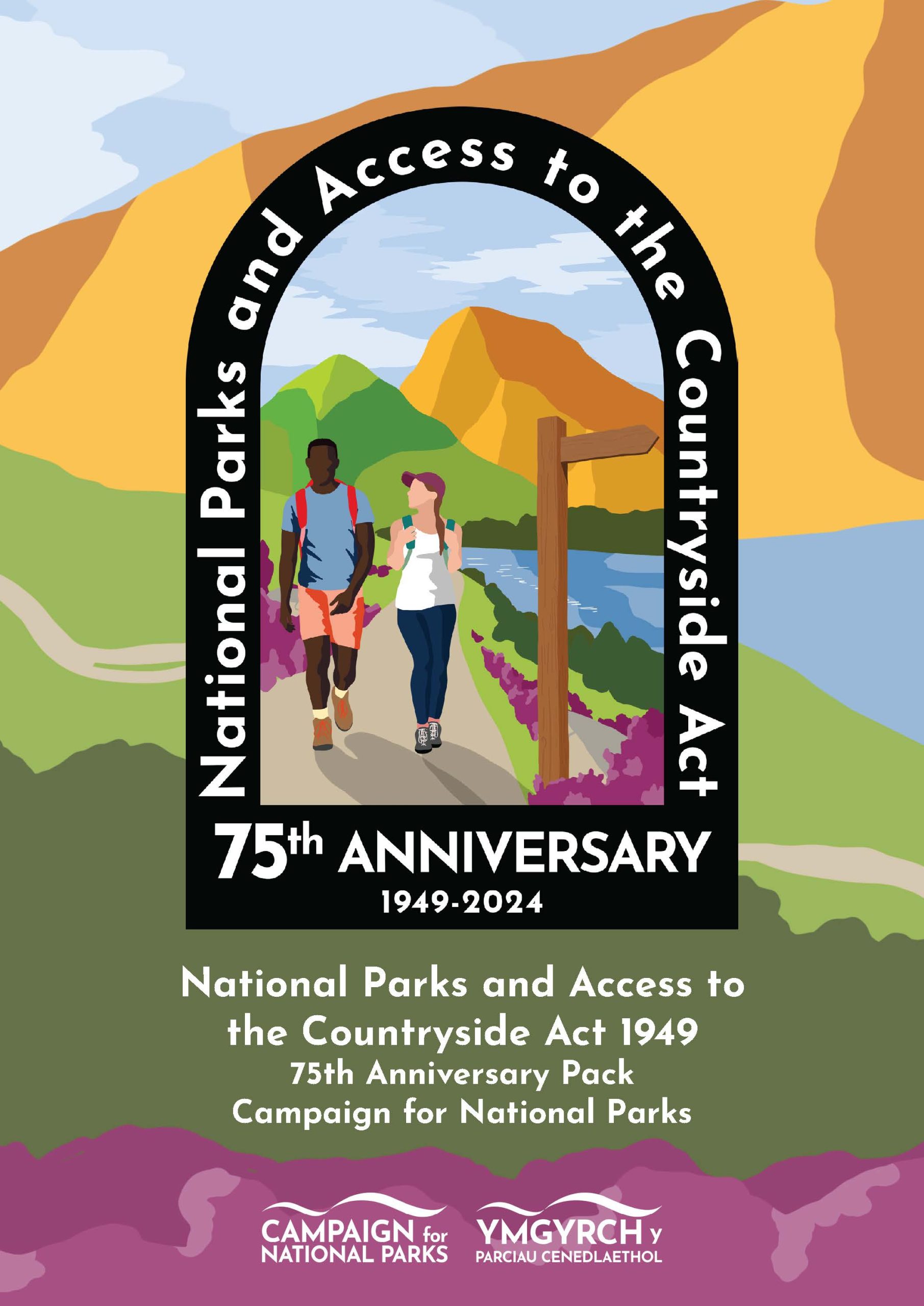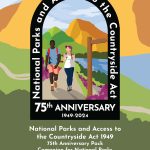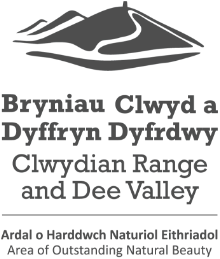The National Parks &Access to the Countryside Act
The National Parks &Access to the Countryside Act
-
 image of a man and woman walking
image of a man and woman walking
A time to celebrate some forgotten heroes. By Howard Sutcliffe Lead Officer for The Clwydian Range and Dee Valley National Landscape
2024 marks the 75th anniversary of the National Parks and Access to the Countryside Act. The Act was passed in 1949 with all-party support, amazing! as part of the reconstruction after the Second World War. In my mind, great things are often carried out in some of the most trying of circumstances, the country was near on bankrupt, with its transport network on its knees, and its heart decimated by the major bombing campaign on its cities.
But under the post war gloom, some rays of hope were pointing to a better future, the National Health service had been created in the previous year, to catch the most vulnerable of our society and give ‘all citizens’ equal access to our Health Service.
The Act had been many years in coming, but when it finally arrived it brought in to legislation the following:
- The option to create and designate National Parks
- The option to create and designate Areas of Outstanding Natural Beauty (AONBs) since 2023 also known as National Landscapes
- To regularise and legitimise The Rights of Way Network
- The option for access to Open Land (Which was further enhanced by the Countryside and Rights of Way Act 2000)
But sometimes we forget the people who worked tirelessly towards implementing the Legislation. My main hero is John Dower he was invalided out of the army in 1942 with tuberculosis. He joined the Civil Service and was asked to prepare a report on National Parks in England and Wales. John worked tirelessly on the report and became part of a committee to produce the report first published in 1947 and taken on by Sir Arthur Hobhouse into legislation. Unfortunately, John died from the effects of tuberculosis in the same year so never saw his report passed into law. He had married Pauline who hailed from the Trevelyan family, Pauline’s father gifted the 10,000-acre Wallington Estate in Northumberland to the National Trust in 1942. The family (Pauline and sons Michael and Robin) continued their father’s commitment to National Parks and AONBs in many roles for a further 50 plus years.
In Wales we had our very own campaigner who became part of the National Park Committee Clough Williams Ellis, an architect and mountaineer of some distinction, he worked towards creating National Parks in Wales, as part of the Standing Committee, and has left a legacy of wonderful architecture including Portmeirion, he received a knighthood for ‘Services to the Preservation of the environment and to architecture.’
In 1945 Ethel Haythornthwaite was appointed to the UK government’s newly formed National Parks Commission. She was the only woman on the committee but had a history of campaigning around her native Sheffield. After losing her husband at a young age, she was encouraged by her family to take rejuvenating walks in the countryside and moorland which surrounded Sheffield, Ethel discovered the profound positive impact nature had on her physical and mental well-being. This, in part, illuminated Ethel’s passion and commitment to the countryside and fundamental to this, was that the countryside could be accessed by everyone, to experience those benefits. The same physical and mental wellbeing we talk about today!!!
An unlikely future successor to John Dower as Secretary on the newly formed Commission was Harold Abrahams, known for winning the 100m sprint at the 1924 Olympics in Paris and the film ‘Chariots of Fire’ he served as Secretary on the Commission from 1950-62.
So, this enterprising group of focused and committed individuals created the legislation that has been the basis for the designation of our 15 National Parks and 46 AONBs (National Landscapes).
Our very own Clwydian Range was designated an AONB (National Landscape) on the 27th of July 1985, this was further extended into the Dee Valley in 2011 and is 390 square kilometres of the most outstanding scenery. Most of the land is worked and cared for by our farming community, the land also provides a haven for our wildlife and can be enjoyed through our Rights of way Network.
A final, but a most useful part of the Act was the opportunity to create National Trails and our very own Offa’s Dyke National Trail was opened in the summer of 1971. The trail provides the best way to explore the National Landscape running its ridgeline from north to south, and on through three other Designated landscapes: The Shropshire Hills National Landscape, The Wye Valley National Landscape and Bannau Brycheiniog National Park. Through the borderlands of Wales and England, from the north coast to south coast of Wales it stretches 177 miles.
So, it turns out the Act is still as relevant today as it was in 1949! all three Governments in Wales, Scotland and England have put forward proposals to create new National Parks and, in some Countries, National Landscapes. Here in North East Wales, The Welsh Government have asked Natural Resources Wales to look at creating a brand new one, the first since Bannau Brycheiniog in 1957, right here in our very own corner of Wales.




